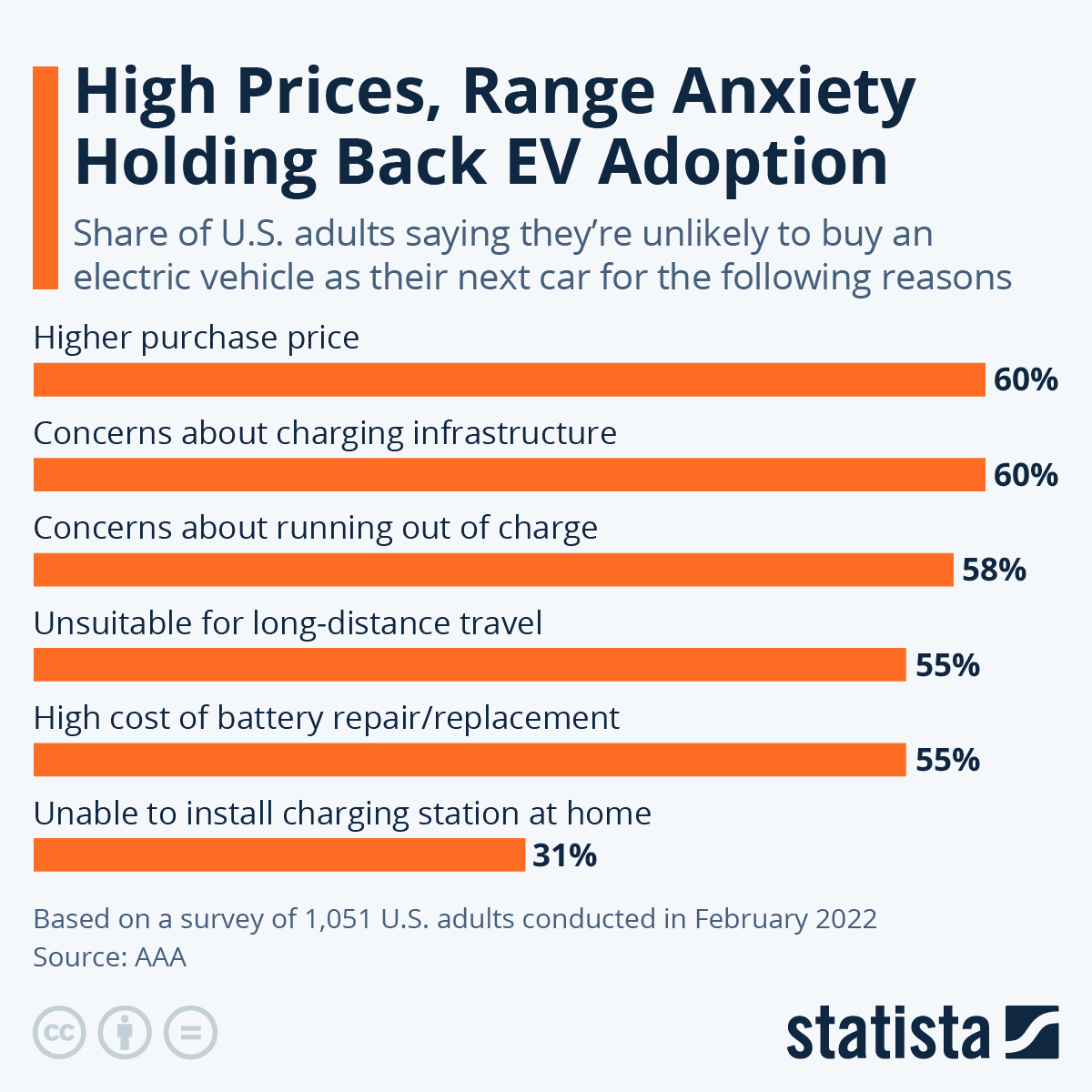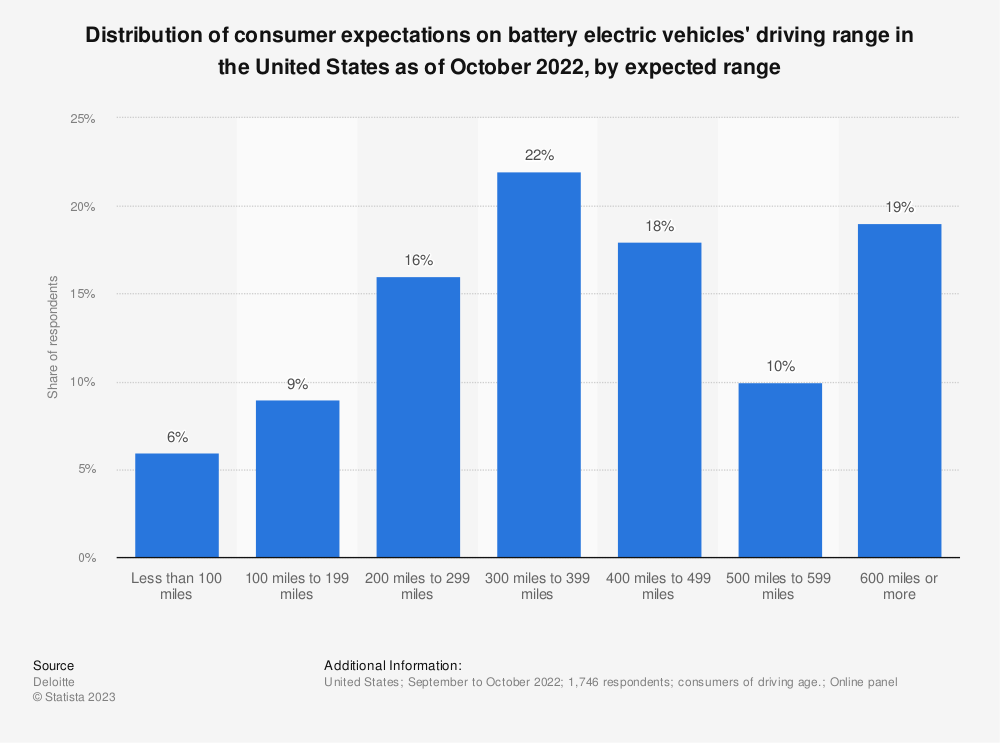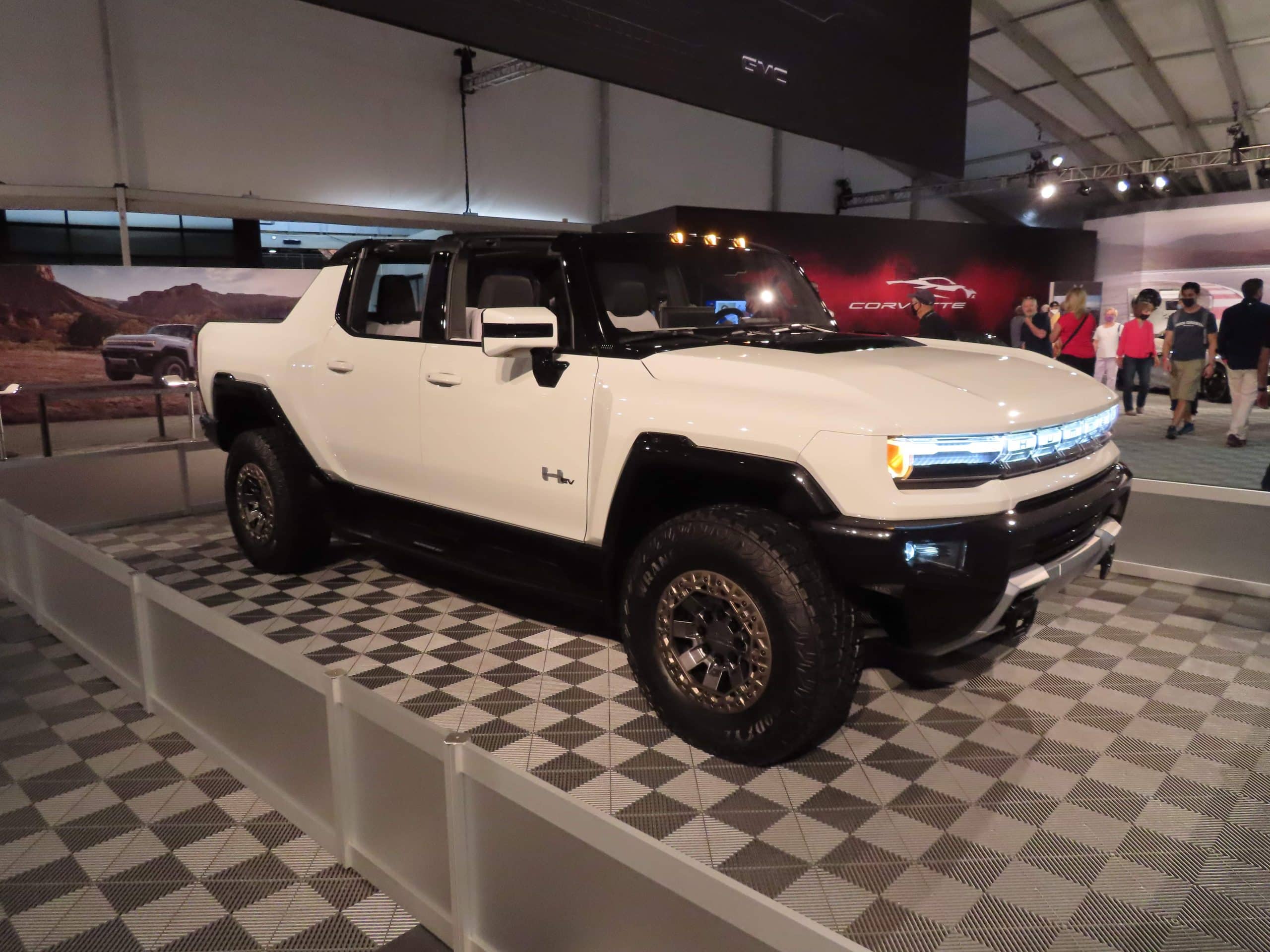
Electric vehicles (EVs) are trending in the wrong direction. They are getting heavier and inordinately expensive when they should be getting lighter and cheaper.
The electric vehicle market is a strange one as automakers have to work around the current limitations of EVs. There are 3 major factors that are keeping Americans from buying electric cars: range, cost, and charging time/availability.
The EV Range Problem
Range on EVs has improved dramatically over the past decade but they still don’t even compare to most gas-powered vehicles. The median range of EVs is about 220 miles on a full charge. This is slightly more than half of the median range of combustion vehicles on a full tank: about 413 miles.
Most consumers in the US aren’t even considering EVs at these ranges according to a recent study from Deloitte. The study showed that nearly 20% of Americans expect an EV to have 600 miles or more before they consider buying it. That’s significantly more than a vast majority of gasoline cars.
What is Holding EV Ranges Back?
You might think that the answer to small EV ranges is to throw more batteries at the problem. Unfortunately, it isn’t that simple.
The most important factor determining the range of a vehicle is weight.
The heavier a vehicle is, the more energy is required to move it. It turns out that modern efficient batteries are quite heavy. This makes the addition of more and more expensive batteries less effective in increasing the range while dramatically increasing the price.
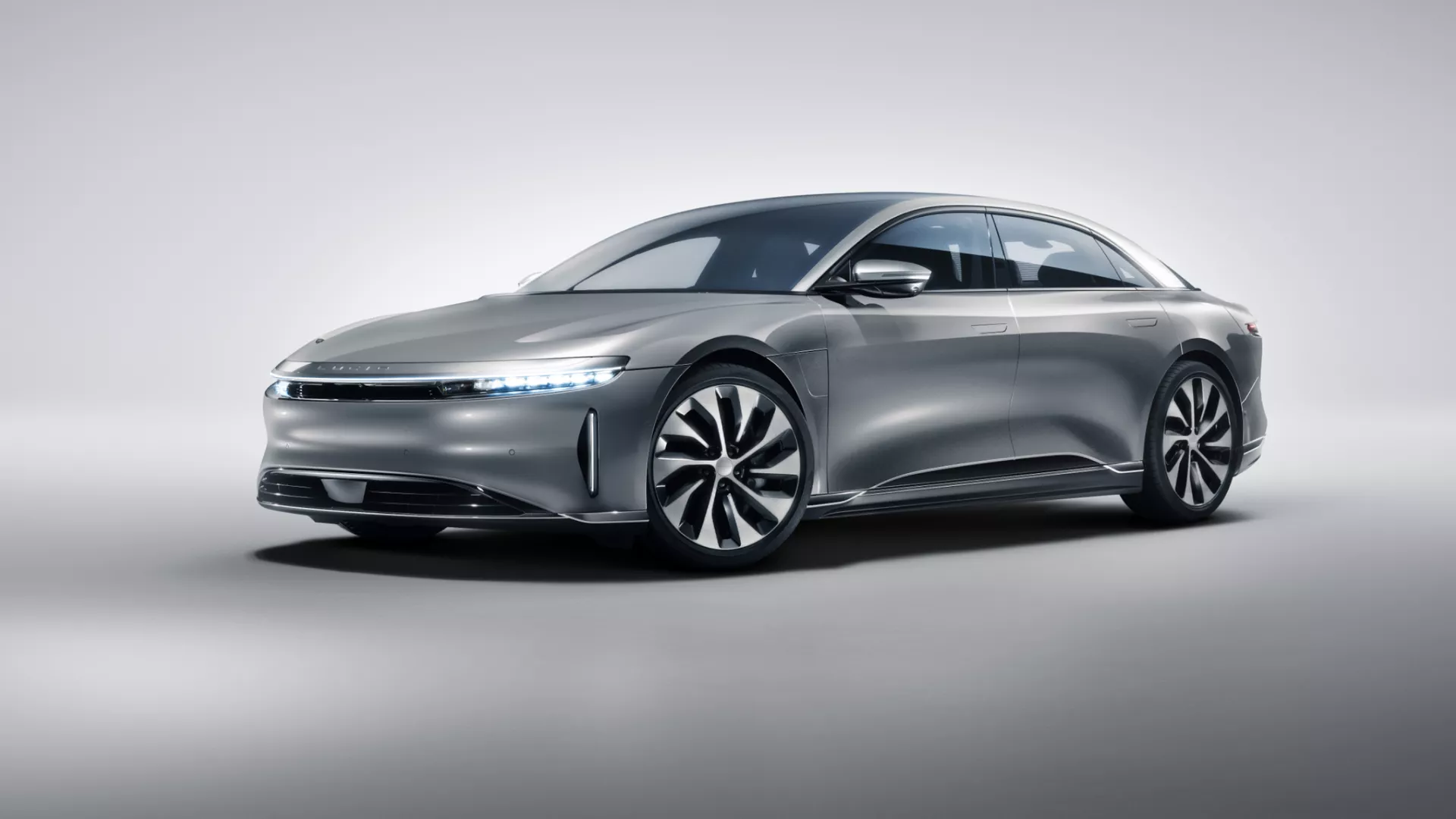
Some EV makers still go for this strategy. The top trim of the 2023 Lucid Air is a remarkable, sporty and luxurious EV with a whopping 513 miles of range on a full charge.
The only problems are that it starts at nearly $140,000 and weighs 5,236 pounds. To put that in perspective, you can get a Ford F-150 truck that weighs more than 1,000 pounds less than this sedan.
Truck EVs can be even heavier. The new Hummer EV weighs an absurd 9,063 pounds. The battery in it weighs more than a Honda Civic and it only gets the massive truck about 330 miles of range.
If the only thing you care about a car is range, hybrid vehicles are likely the way to go. For example, the Hyundai Ioniq 5 has over 700 miles of range on a full tank.
EVs Are Still Too Expensive
Range is a huge problem hindering EV adoption but it isn’t the biggest. 70% of US consumers agree that price is the largest hurdle for EVs.
You might think that the cheapest EV from a top automaker would be incredibly successful after millions of Americans have waited years for prices to drop. That doesn’t seem to be the case, judging by the failure of the Chevy Bolt EV.
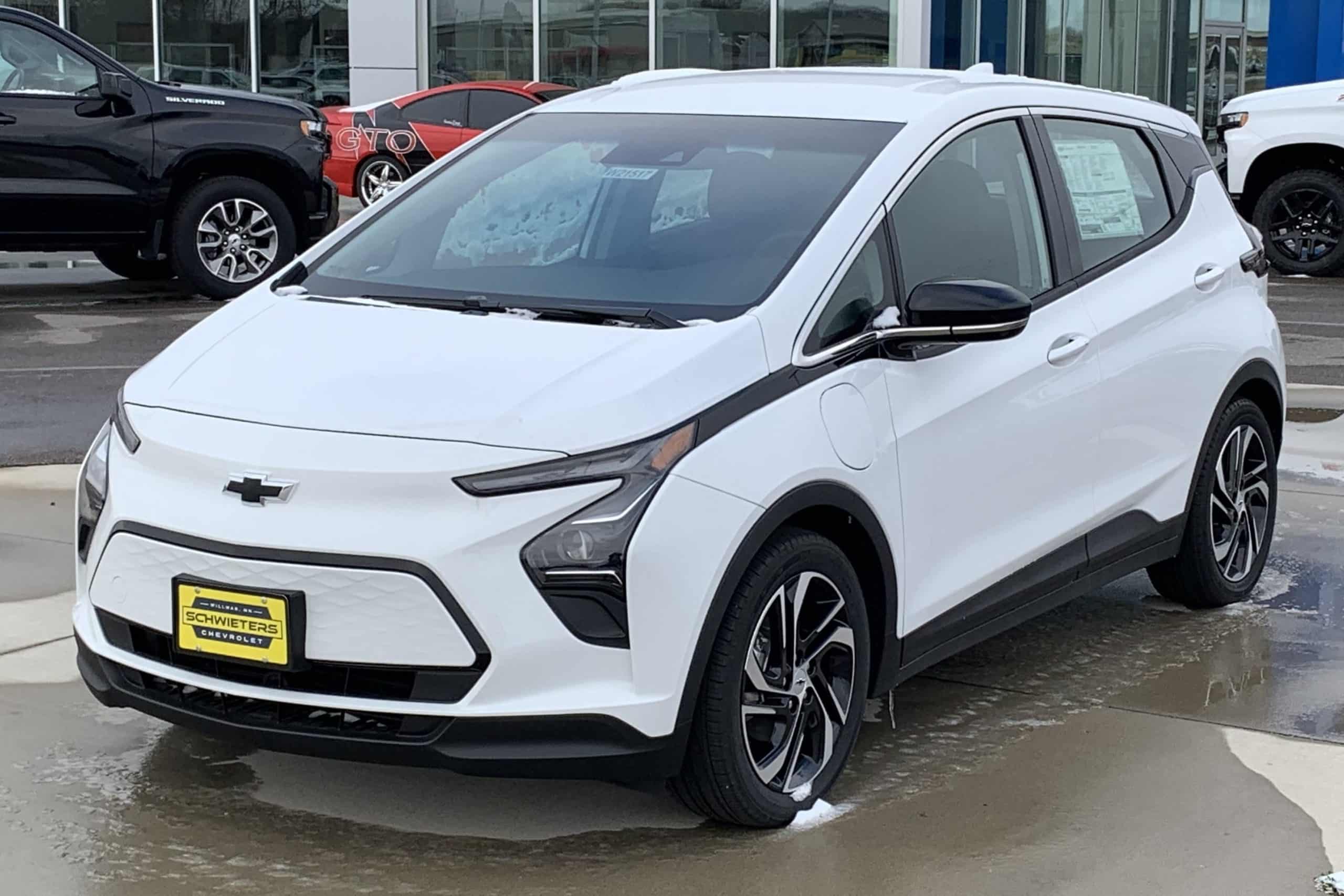
The Bolt sold decently well due to its decent performance, acceptable range, and incredible price. The low price that drove so many sales had severe consequences, however.
Bolts had multiple severe problems over the car’s short lifespan including poor braking performance, powertrain malfunctions, and fire-causing battery malfunctions. Because of these issues, General Motors (GM) had to recall over 140,000 Bolt EVs in 2020 and 2021.
This was a massive hit to GM and ended up costing the automaker about $2 billion. This is why the Bolt is being discontinued, despite it reaching record sales in 2023.
It’s possible that these issues weren’t necessarily related to the astonishingly low cost of the Bolt EV, meaning that a reasonable $20,000 (including the $7,500 EV tax credit) could still be possible.
Even if they were, they could still be ironed out as the field of electric vehicles is developing at a remarkable pace.
Related Articles:
- Elon Musk Teases 2 New Tesla EVs, Rumored to Be Cheaper Hatchback and Van
- How to Buy Tesla Stock in 2023
- GM Too Joins Tesla Charging Network: Would Other Automakers Follow?
What's the Best Crypto to Buy Now?
- B2C Listed the Top Rated Cryptocurrencies for 2023
- Get Early Access to Presales & Private Sales
- KYC Verified & Audited, Public Teams
- Most Voted for Tokens on CoinSniper
- Upcoming Listings on Exchanges, NFT Drops
